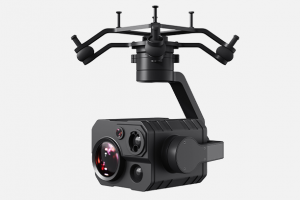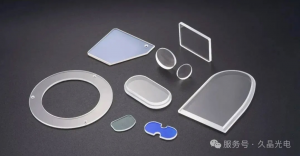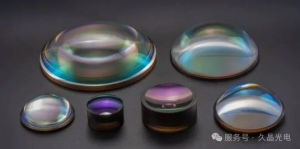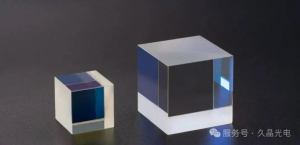How do drones see the world so clearly—even at night or in smoke? Behind every sharp aerial image and precision-guided strike lies a sophisticated set of optical components. At the heart of this system is the Drone Pod Optical Lens, the "eye" that enables drones to observe, identify, and respond to targets from thousands of meters above ground—day or night, in fog, smoke, or clear skies.
Understanding the Role of Optical Systems in Drone Pods
The Drone Pod is a multifunctional payload module mounted on drones, integrating electro-optical sensors, stabilization platforms, control systems, and optical lenses. It is designed to capture real-time multispectral information, including visible light, infrared, and laser data, about ground or aerial targets. The performance of the Drone Pod directly impacts the effectiveness of drones in military, civilian, and other applications.

Optical Application Principles of Drone Pods
The optical system of the Drone Pod achieves all-weather, multi-scenario detection through the collaborative operation of multiple wavelength bands:
1. Visible Light Imaging
Utilizes CMOS/CCD sensors to capture images in the 400-700 nm wavelength range for high-definition reconnaissance during the day.
2. Infrared Thermal Imaging
Detects target thermal radiation using cooled/non-cooled infrared detectors (3-5 μm or 8-14 μm bands), enabling imaging in nighttime or smoky environments.
3. Laser Ranging and Targeting
Emits 905 nm or 1550 nm laser pulses to calculate target distance using Time of Flight (ToF) or to provide guidance calibration for weapons.
4. Multispectral Fusion
Combines visible light, infrared, and laser data through algorithms to enhance target recognition accuracy.
Core Optical Lens Components of Drone Pods
The optical performance of the Drone Pod highly depends on the following lens components:
Protective Window
Protects the internal optical system from wind, sand, rain, and ultraviolet erosion while maintaining high light transmittance. Common materials include sapphire (hardness 9M), fused silica (high-temperature resistance), and ZnSe (infrared window). These materials are often coated with anti-reflective (AR) films (reflectance <0.5% ) and waterproof, anti-fouling coatings.

Key Indicators
Transmittance: > 95% (Visible Light)
Surface Hardness: ≥ 8H (Pencil Hardness)
Rain Erosion Resistance Speed: ≥ 150 m/s (Military Standard)
Objective Lens Group

The objective lens group focuses the target light onto the sensor, determining the imaging resolution and field of view (FOV). Typically, a multi-element design is employed, using a combination of 4-10 spherical/aspherical lenses to correct optical aberrations (spherical aberration, chromatic aberration). The optical zoom is achieved through an electrically driven lens group that moves the zoom module, allowing for variable focal lengths (e.g., 10-300 mm).
Key Indicators:
MTF (Modulation Transfer Function): > 0.3 @ 100 lp/mm
Distortion: < 1% (Wide Angle End)
F-number (Aperture): 1.4-4.0 (Low Light Optimization)
Beam Splitter

Beam Splitter:The beam splitter is responsible for separating incident light by wavelength/polarization, enabling the simultaneous operation of multiple sensors (such as visible light and infrared). Typically, a beam splitter with a transmission ratio of 70% for visible light and 30% for reflected infrared light is used, along with a polarization extinction ratio of >100:1
Infrared Cutoff Filter(IR-Cut)

Block infrared light to enhance the color fidelity of visible light imaging. Narrowband filters: Extract laser echo signals (such as 1550nm ± 5nm) and suppress background noise. Specifications: Cut-off depth > OD4, transmittance > 90%.
Optical components are the ‘visual nerves’ of drone pods, and their performance directly determines the drone’s perception capabilities and execution efficiency in complex tasks. High-precision lenses, multispectral filters, and infrared sensors act like ‘X-ray vision’ and ‘night vision goggles’ for drones, enabling them to capture ground details from thousands of meters in the air and achieve all-weather reconnaissance and target identification.
In the future, with breakthroughs in materials science, intelligent algorithms, and quantum technology, optical systems will develop towards lightweight, high integration, and multimodal perception, further expanding the boundaries of drones in military reconnaissance, emergency rescue, smart agriculture, and other fields.
Post time: Jun-17-2025



